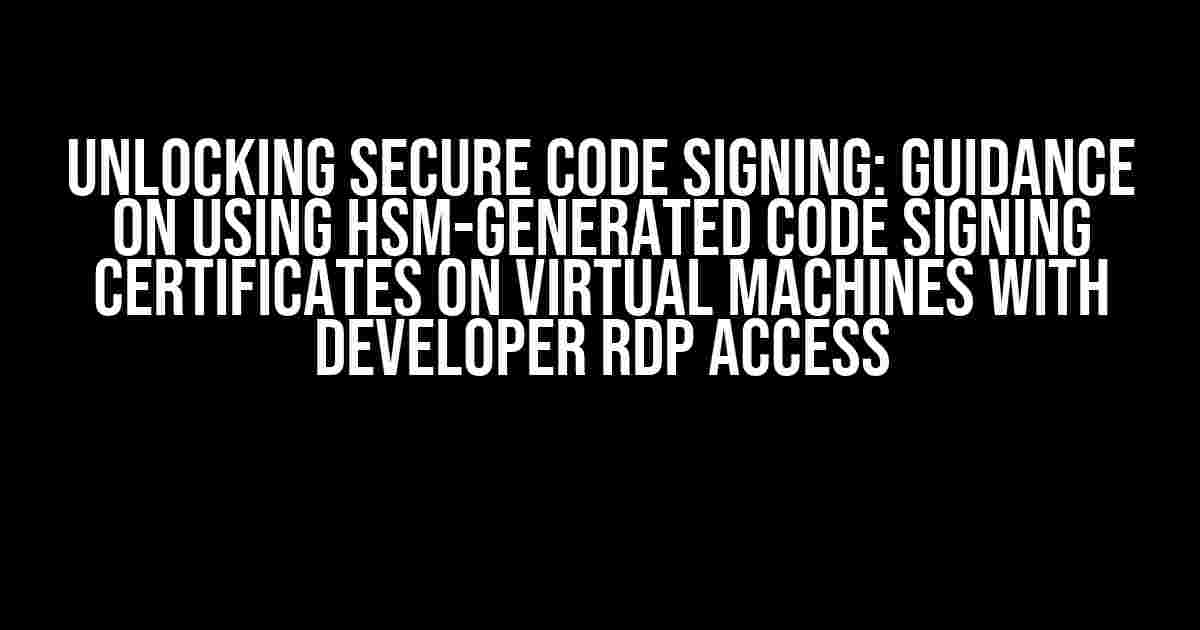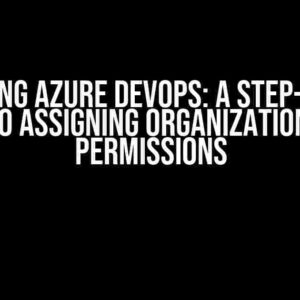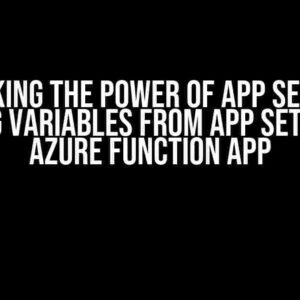As a developer, you understand the importance of securing your code with reliable code signing certificates. But what happens when you need to use these certificates on virtual machines (VMs) with Remote Desktop Protocol (RDP) access? In this article, we’ll provide comprehensive guidance on using HSM-generated code signing certificates on VMs with developer RDP access, ensuring the integrity and authenticity of your code.
- What are HSM-Generated Code Signing Certificates?
- Why Use HSM-Generated Code Signing Certificates on Virtual Machines with RDP Access?
- Prerequisites for Using HSM-Generated Code Signing Certificates on VMs with RDP Access
- Step-by-Step Guide to Using HSM-Generated Code Signing Certificates on VMs with RDP Access
- Troubleshooting Common Issues
- Conclusion
- Additional Resources
What are HSM-Generated Code Signing Certificates?
HSM-generated code signing certificates are digital certificates generated using a Hardware Security Module (HSM). An HSM is a physical device that securely generates, stores, and manages cryptographic keys. These certificates are used to sign code, verifying the authenticity and integrity of the software. HSM-generated code signing certificates provide an added layer of security, as they are more resistant to cyber attacks and unauthorized access.
Why Use HSM-Generated Code Signing Certificates on Virtual Machines with RDP Access?
Using HSM-generated code signing certificates on VMs with RDP access offers several benefits:
- Enhanced Security**: HSM-generated certificates provide an additional layer of security, protecting your code from unauthorized access and tampering.
- Compliance**: Many organizations require the use of HSM-generated code signing certificates to meet regulatory and compliance requirements.
- Flexibility**: VMs with RDP access allow multiple developers to access the same environment, making it easier to collaborate and manage code signing processes.
Prerequisites for Using HSM-Generated Code Signing Certificates on VMs with RDP Access
Before we dive into the step-by-step guide, ensure you have the following:
- A virtual machine with RDP access.
- An HSM device or a cloud-based HSM service.
- A code signing certificate generated using the HSM device or service.
- A code signing software or tool, such as Microsoft SignTool or OpenSSL.
- Administrative access to the VM and RDP.
Step-by-Step Guide to Using HSM-Generated Code Signing Certificates on VMs with RDP Access
Follow these steps to successfully use HSM-generated code signing certificates on VMs with RDP access:
Step 1: Configure the HSM Device or Cloud-Based HSM Service
Configure the HSM device or cloud-based HSM service according to the manufacturer’s instructions. This will typically involve:
1. Initializing the HSM device or service.
2. Generating a key pair or certificate signing request (CSR).
3. Obtaining the code signing certificate from a trusted certificate authority (CA).
Step 2: Install the Code Signing Software or Tool
Install the code signing software or tool on the VM. This will typically involve:
1. Downloading and installing the software or tool.
2. Configuring the software or tool to use the HSM device or service.
Step 3: Configure RDP Access for the VM
Configure RDP access for the VM, ensuring that:
1. The RDP connection is secure and encrypted.
2. Only authorized developers have access to the VM.
Step 4: Sign Code Using the HSM-Generated Code Signing Certificate
Use the code signing software or tool to sign code using the HSM-generated code signing certificate. This will typically involve:
1. Importing the code signing certificate into the software or tool.
2. Configuring the software or tool to use the HSM device or service.
3. Signing the code using the HSM-generated code signing certificate.
Step 5: Verify the Signed Code
Verify the signed code to ensure it is valid and authentic. This can be done using tools such as:
1. Microsoft SignTool.
2. OpenSSL.
Troubleshooting Common Issues
When using HSM-generated code signing certificates on VMs with RDP access, you may encounter the following issues:
| Issue | Solution |
|---|---|
| HSM device or service is not recognized by the code signing software or tool. | Verify that the HSM device or service is properly configured and recognized by the operating system. |
| Code signing certificate is not imported correctly. | Verify that the code signing certificate is imported correctly into the code signing software or tool. |
| RDP connection is not secure or encrypted. | Verify that the RDP connection is secure and encrypted, using SSL/TLS or another encryption protocol. |
Conclusion
In conclusion, using HSM-generated code signing certificates on VMs with RDP access is a secure and efficient way to sign code. By following the steps outlined in this article, you can ensure the integrity and authenticity of your code, while also meeting regulatory and compliance requirements. Remember to troubleshoot common issues and verify the signed code to ensure the highest level of security.
Additional Resources
For more information on using HSM-generated code signing certificates, refer to the following resources:
- Hardware Security Module (HSM) manufacturers’ documentation.
- Code signing software or tool documentation.
- Microsoft SignTool documentation.
- OpenSSL documentation.
By following the guidance outlined in this article, you’ll be able to unlock the full potential of secure code signing, ensuring the integrity and authenticity of your code.
Frequently Asked Questions
Get answers to your burning questions about using HSM-generated code signing certificates on virtual machines with developer RDP access.
What are HSM-generated code signing certificates, and why do I need them?
HSM-generated code signing certificates are digital certificates used to sign code and ensure its authenticity and integrity. They’re generated using a Hardware Security Module (HSM), a highly secure device that protects sensitive data. You need them to confirm the identity of the code’s publisher and ensure that the code hasn’t been tampered with during transmission. Think of it like a digital fingerprint that guarantees the code is genuine and safe to use.
Can I use HSM-generated code signing certificates on virtual machines with developer RDP access?
Ah-ha! Yes, you can! In fact, using HSM-generated code signing certificates on virtual machines with developer RDP access is a great way to secure your code and ensure its integrity. The HSM-generated certificates can be stored securely on the virtual machine, and developers can access them via RDP to sign code and ensure its authenticity.
What are the benefits of using HSM-generated code signing certificates on virtual machines?
There are several benefits! HSM-generated code signing certificates on virtual machines provide an additional layer of security, ensure code authenticity, and maintain regulatory compliance. They also simplify the code signing process, reduce the risk of errors, and enable secure collaboration among developers. Plus, they help protect your brand reputation by ensuring that only authorized code is released.
How do I implement HSM-generated code signing certificates on virtual machines with developer RDP access?
To implement HSM-generated code signing certificates on virtual machines, you’ll need to set up the HSM, generate the certificates, and configure the virtual machine to use them. You’ll also need to grant developers RDP access to the virtual machine so they can access the certificates to sign code. Make sure to follow best practices for securing the HSM, certificates, and virtual machine to prevent unauthorized access.
What kind of support is available if I encounter issues with HSM-generated code signing certificates on virtual machines?
Don’t worry, help is available! Reach out to your HSM vendor or certificate authority for support with generating and managing the certificates. You can also consult with virtual machine and RDP access experts to ensure a smooth implementation. Additionally, online resources, such as documentation and forums, can provide valuable guidance and troubleshooting tips.



